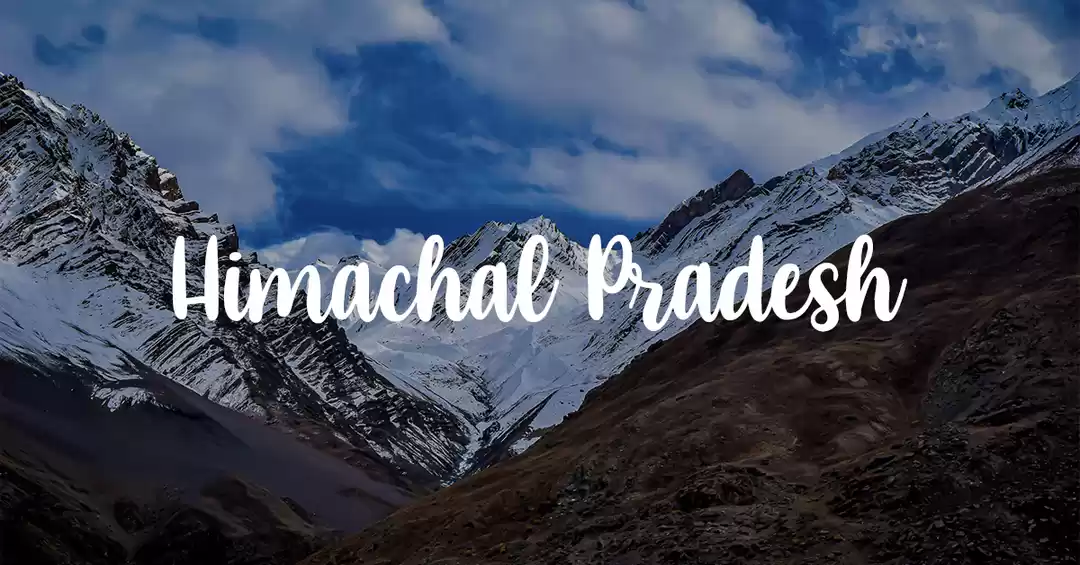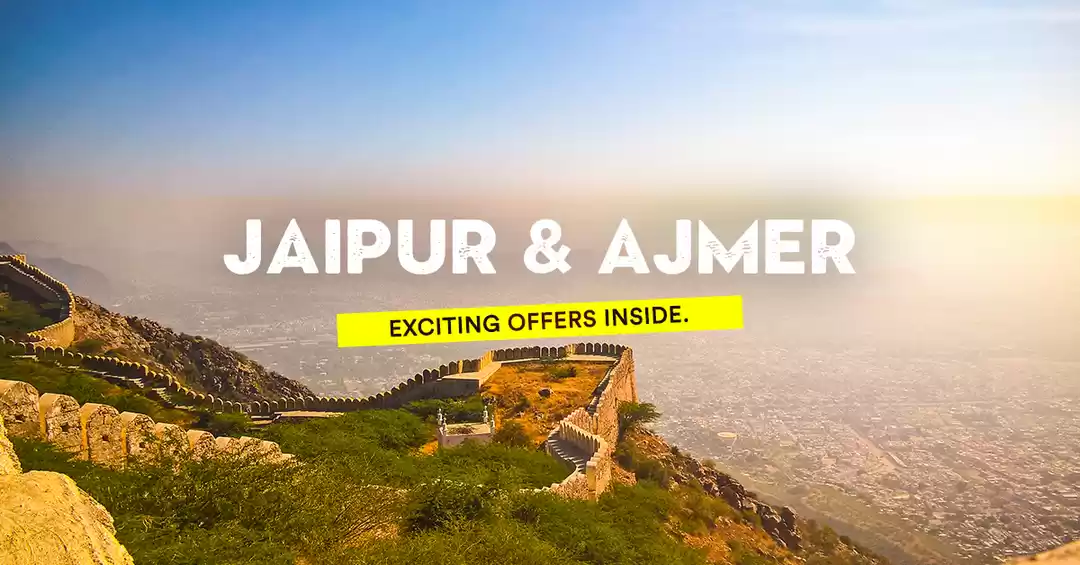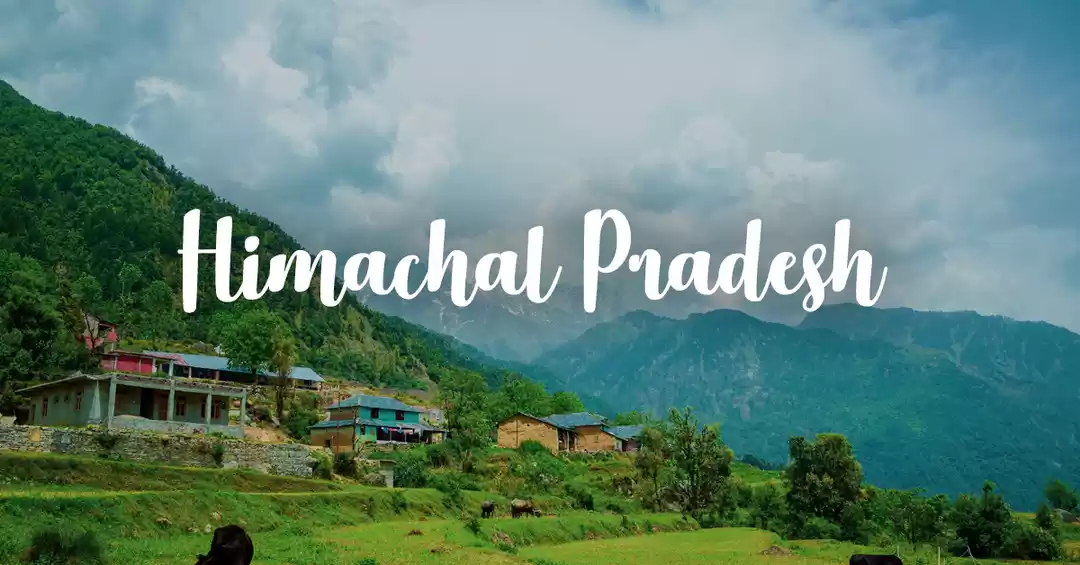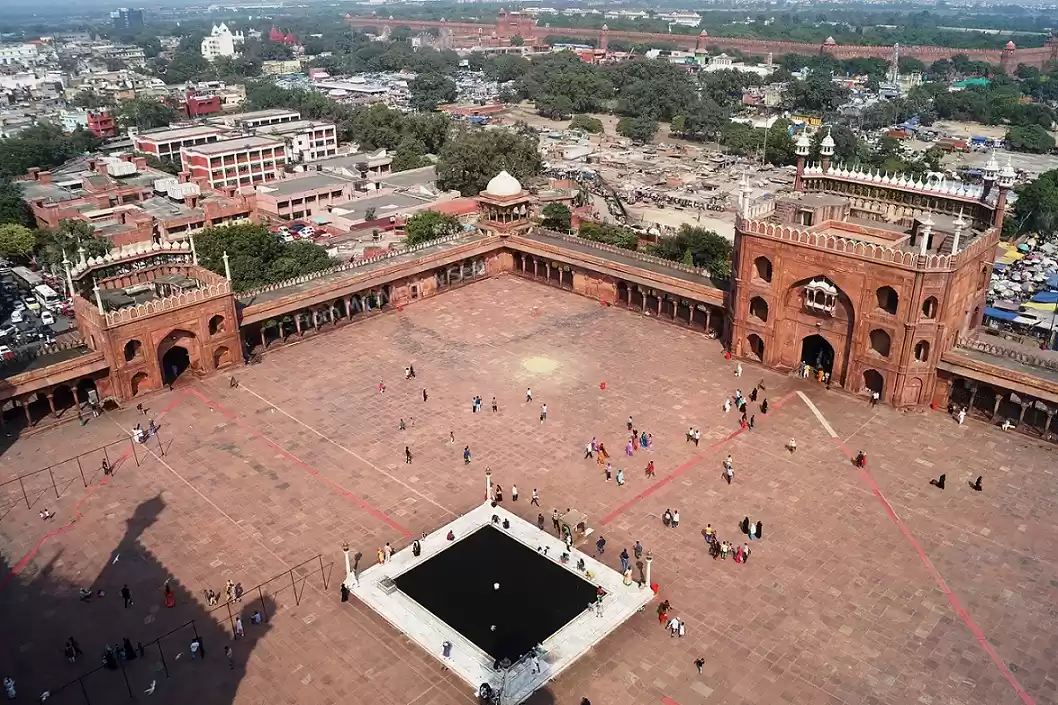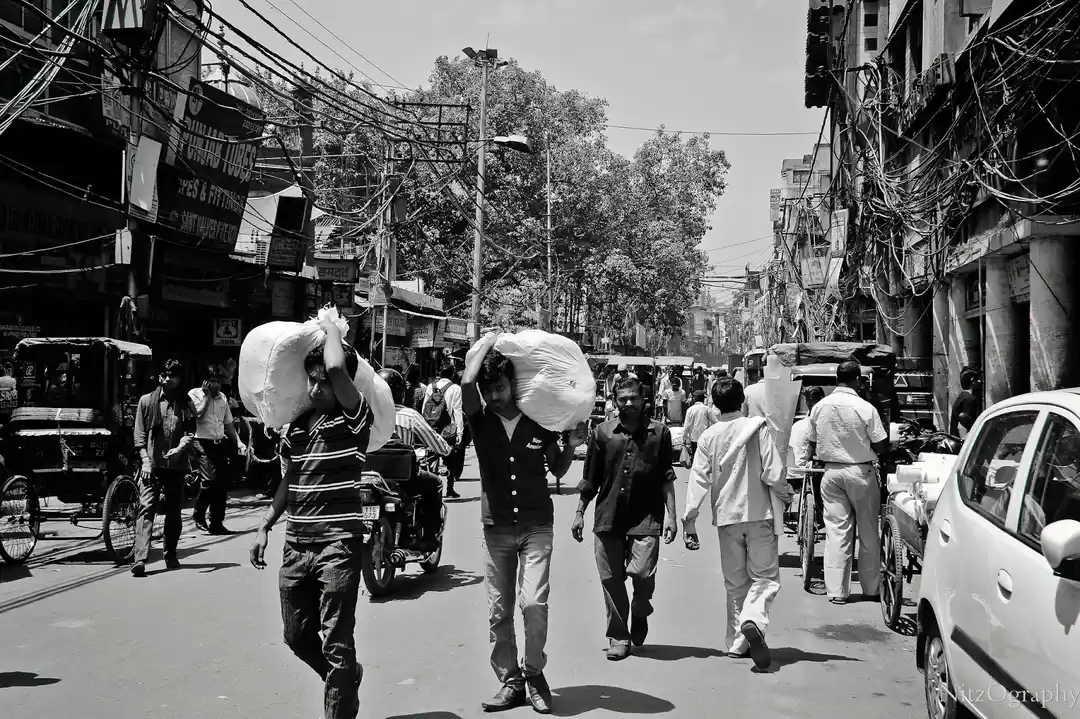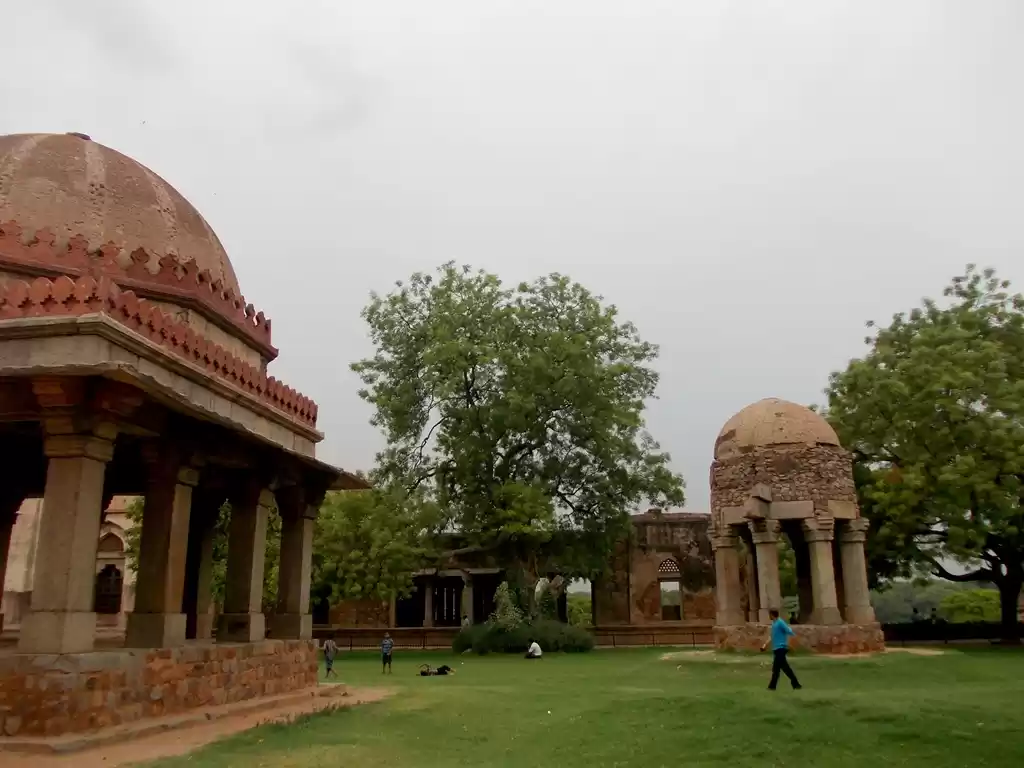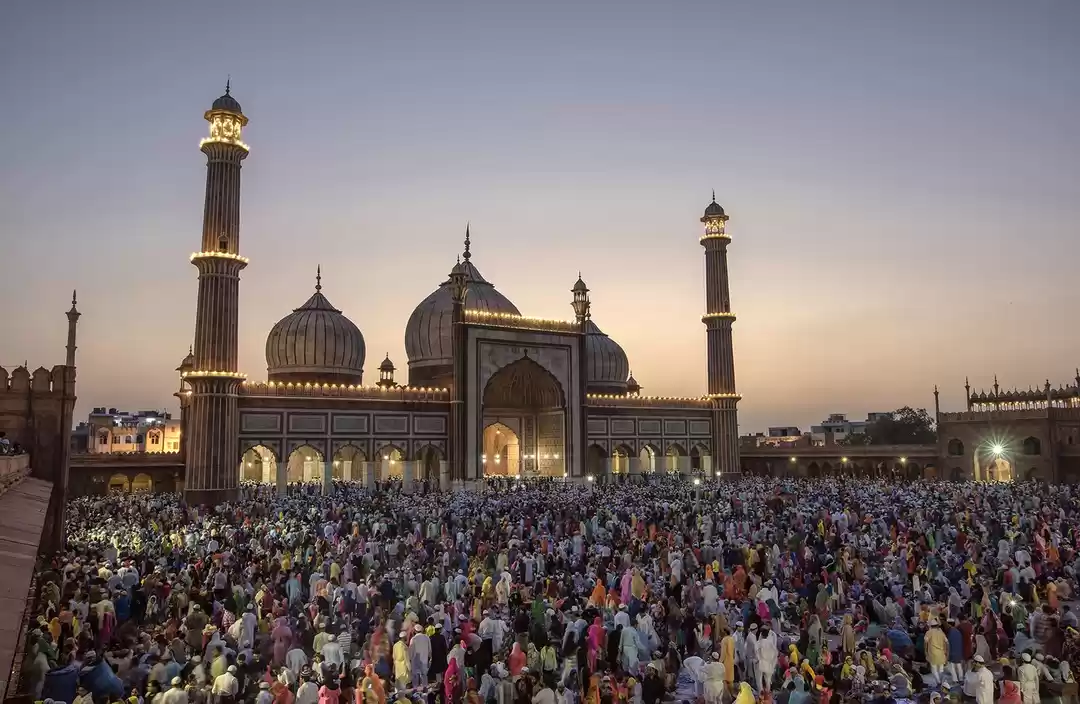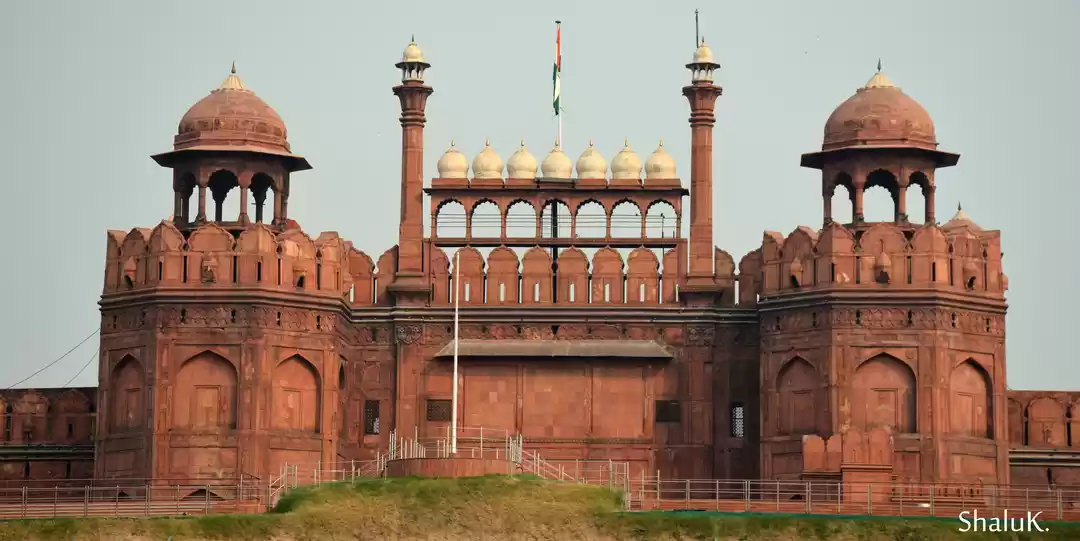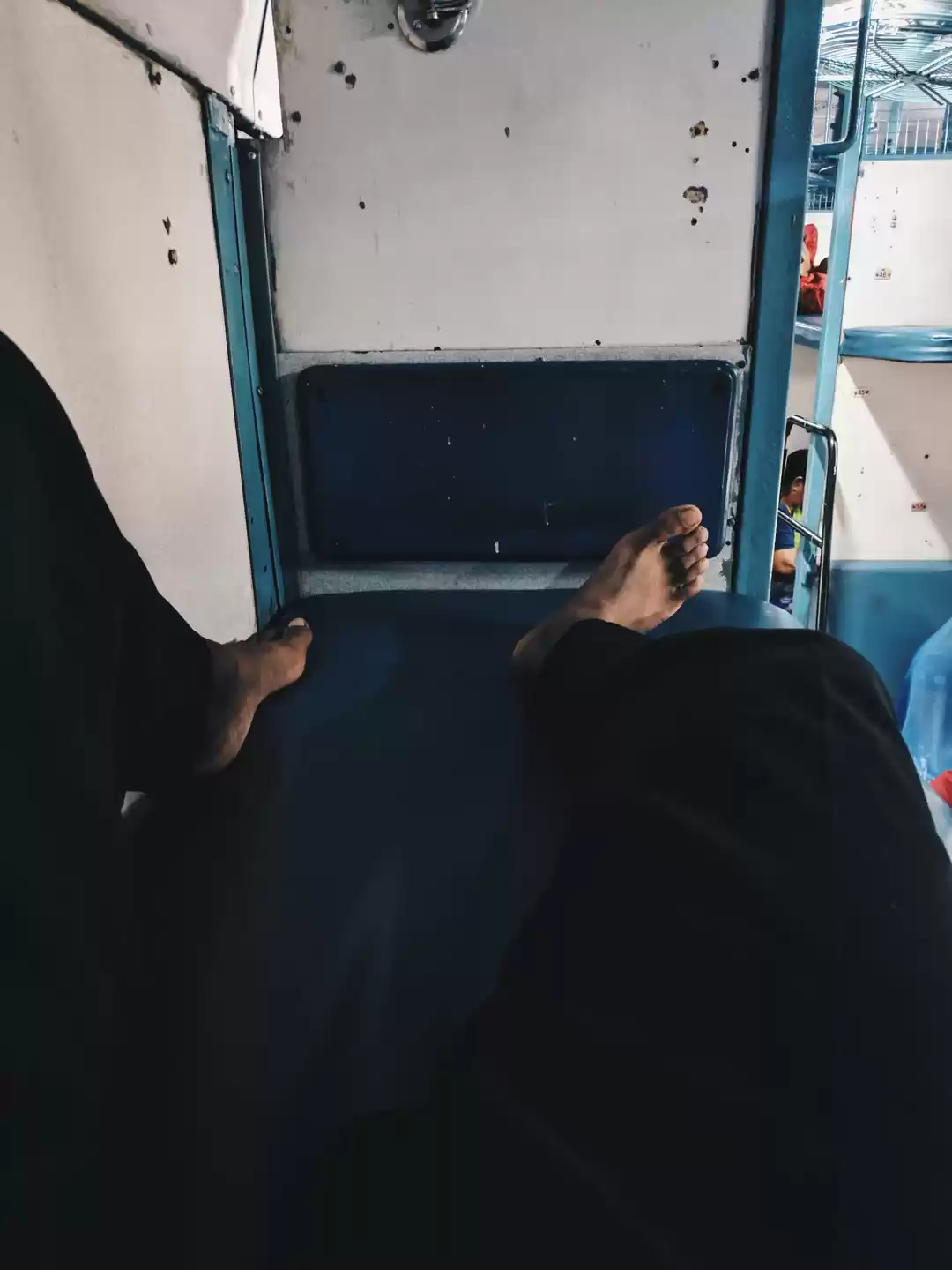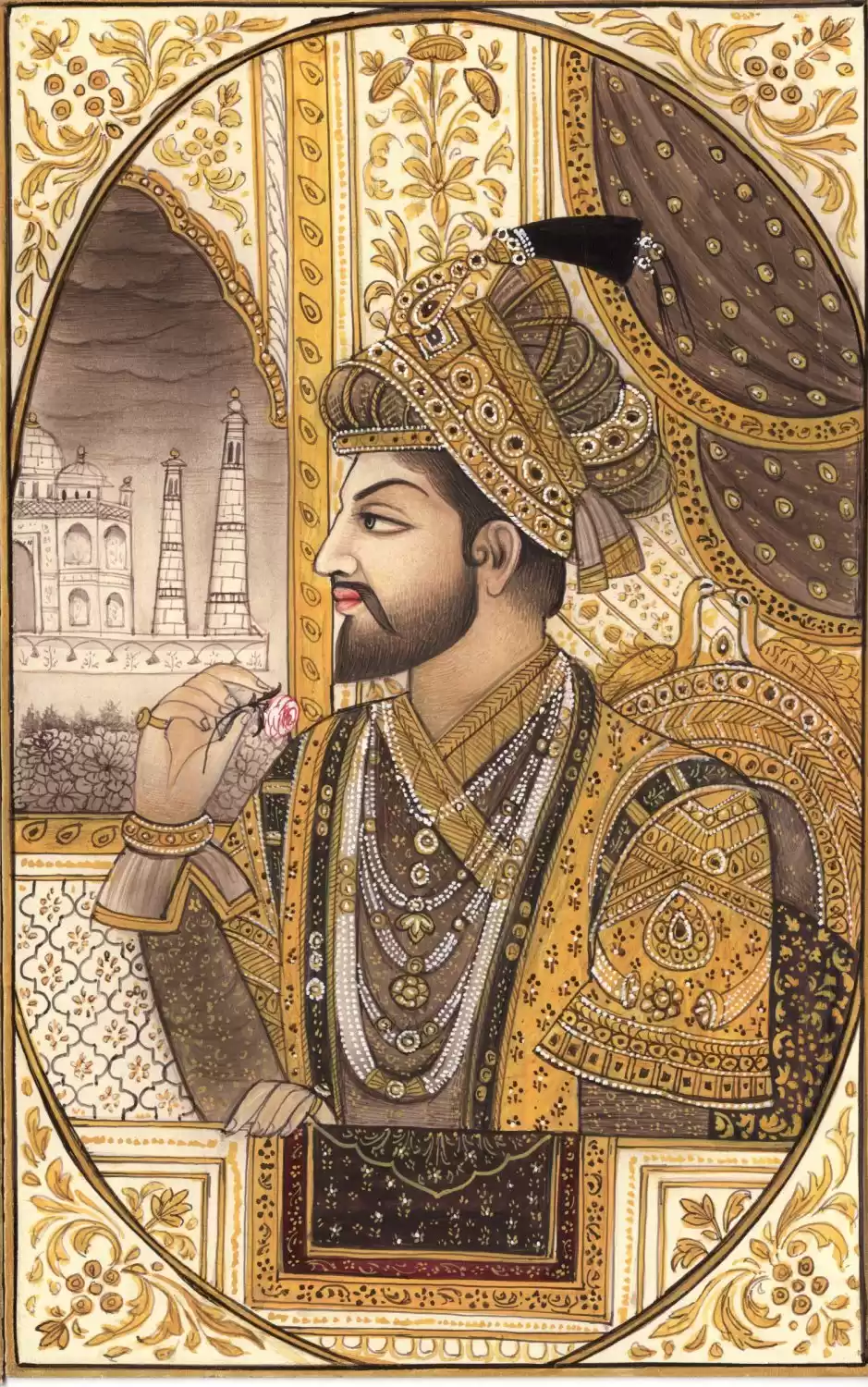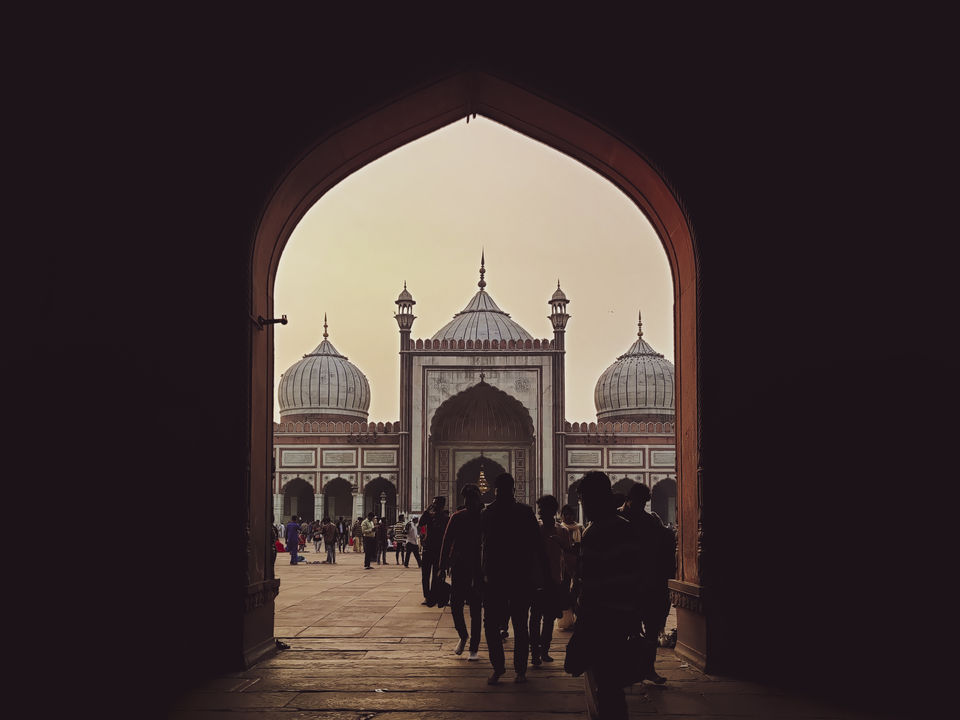
Where can one find tranquillity? The beach, the mountains, the gardens or as I know now, right in the heart of Delhi’s old city. The place – Jama Masjid.

The idea of Old Delhi without Jama Masjid seems incomplete but the idea of Eid in Delhi without it…Just unimaginable.
My maiden visit to the mosque, which turns 365 years old on this Eid -Ul-Fitr, was after a tiring exploration of the nearby area of the Dariba and the Chandni Chowk.
The mosque is just grand. All one has to do is lift the head and the minars and dome are visible from almost any part of Old Delhi. As I moved in near the Jama, I started to feel the actual size of the place. You can’t look at the entire gate even from the base of the mammoth stairwell that leads to the entrance. Walking through the large sandstone eastern gate and entering the courtyard of the mosque is like entering a different world altogether.
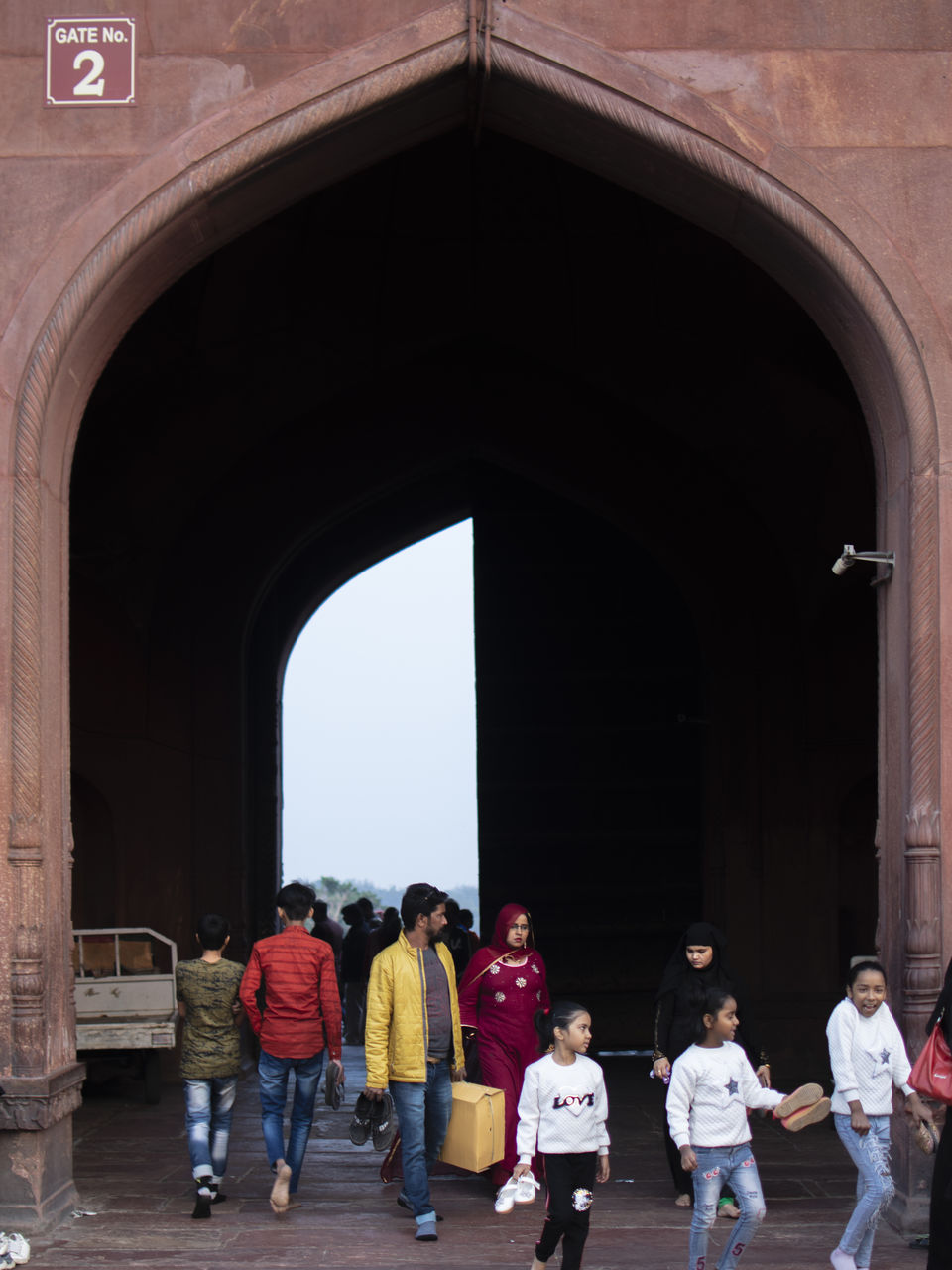
The mosque is phenomenal by all standard – size, design, symmetry and history. The Jama Masjid draws its name from Arabic and literally means “Friday Mosque”. Situated on a small hillock roughly 30 steps above the surrounding streets, it is situated near the Red Fort. Both these magnificent structures were built by the Mughal Emperor Shah Jahan. The open courtyard that faces the eastern gateway is large enough to accommodate 25000 people easily and that number often is exceeded during the holy month of Ramzan. The eastern gateway was originally reserved for use of Royalty. Others used smaller gates on the north and south sides of the complex. No matter which gate you use to enter the mosque, one thing that will leave you awestruck is the plethora of emotions that will engulf you. The place is bustling with families, kids, clerics, tourists and those who seek a moment of peace. I was the latter. I sat down, trying to capture the main building in one glance…I was unable to. The use of marble and sandstone and the engravings, paired with the grandeur of the mosque, all cast a spell on anyone who looks at it. Built way back in 1650s, it has retained its charm and aura even when the surrounding area saw change of kings, revolutions, demolition, rebuilding, refugees and what not.
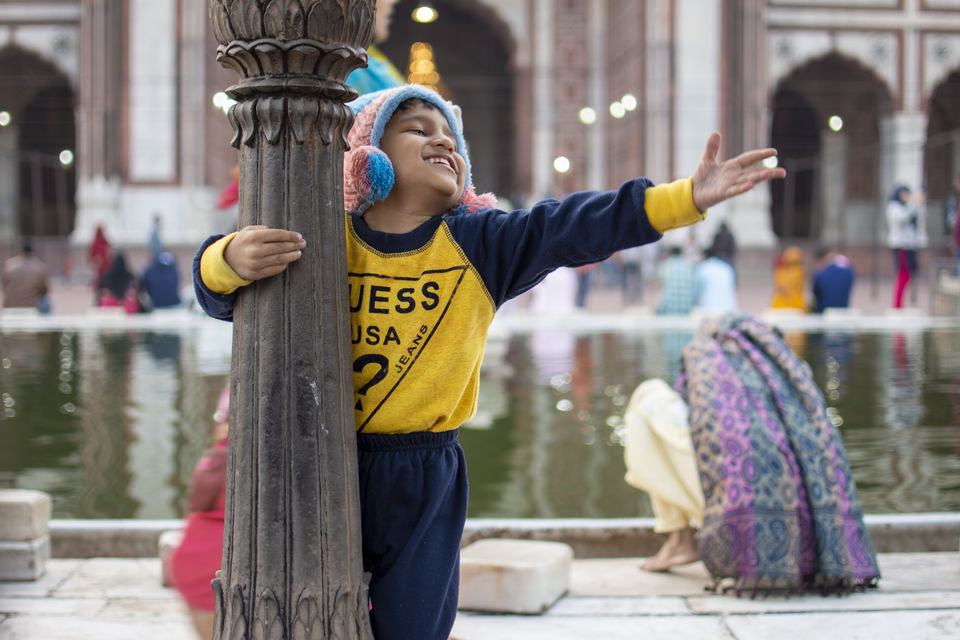
On holding a conversation with an elderly faithful seated near me I came to know that the mosque also has a longer name - Masjid-i Jahānnumā, which means “world-reflecting mosque” or “world-displaying mosque.” Another piece of information that I received was that this was the first mosque in Delhi area to have Minars, or two tall towers one on each side of the mosque to call people for the prayers. The saying, imitation is the best form of flattery, is true in case of The Jama too. Many mosques in the Indian subcontinent are a copy of it. Notable ones include the Taj-Ul-masjid in Bhopal, which is the largest in India, and the Jama Masjid in Lahore which is nearly thrice the size of the one in Delhi.
A group of kids walked up to me soon after the conversation and asked me if I had been to the top of the minar yet. Me, both surprised and embarrassed, replied with a “no”. The next thing I know, I had purchased a ticket and was walking towards the 135feet tall Minaret.

It is a unique experience in its own to climb to the to of it. An experience not for those with claustrophobia or acrophia. The narrow staircase spirals in negligible light as it goes to the top. To add to the thrill, the steps are tall and you have no idea how much more left to climb. All the peril is worth once the view lies in front of you. A splendid 360-degree view of Delhi.

Views spanning from the Qutub Minar to the New Delhi Railway station and from the Red fort to the Parliament House. The North gate too is visible from the top. The northern gate of the Masjid was inhabited by stalls kept by cooks, bakers, story tellers etc. It was considered a structure without class barriers and distinctions, a structure emanating solidarity and brotherhood among the qaum (community). Slowly over time, the Jama grew into a community of its own. A community that included all those who lived, prayed and ran shops in the area. Seeing the entire old city from above, I realised that the mosque was not only the geographical centre, but also the cultural and political centre of Shajahanabad for about 4 centuries now.
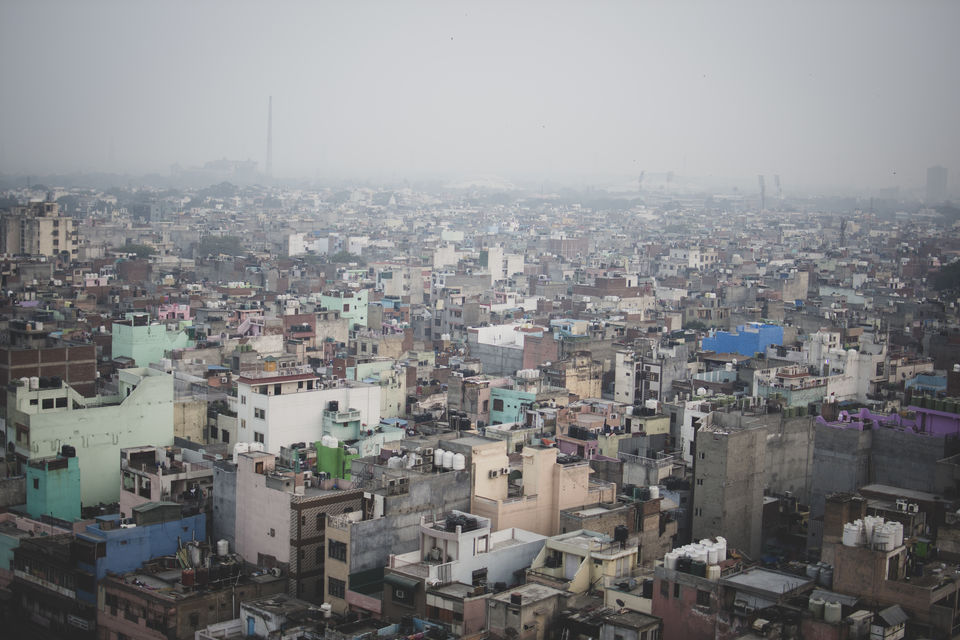
After food for the soul, it was time for food for the stomach. With this very though I started off to explore the market adjoining the Jama. The lanes, the by lanes and the markets between them are a Mecca for Mughlai food. The Mughlai food here, churned over generations, includes kebabs and rolls and is one of the finest. However, the markets famous for nonveg also hold a treasure of vegetarian food, and this is what I was headed for.
Kallan sweets
You step out of Jama Masjid and bang opposite is Kallan sweets. Around for 80 years, the paneer jalebi here is delicious … different from the one we had at Jalebiwala in Chandni Chowk, but no less fare. It’s a perfect tango with the samosas or paneer pakode.
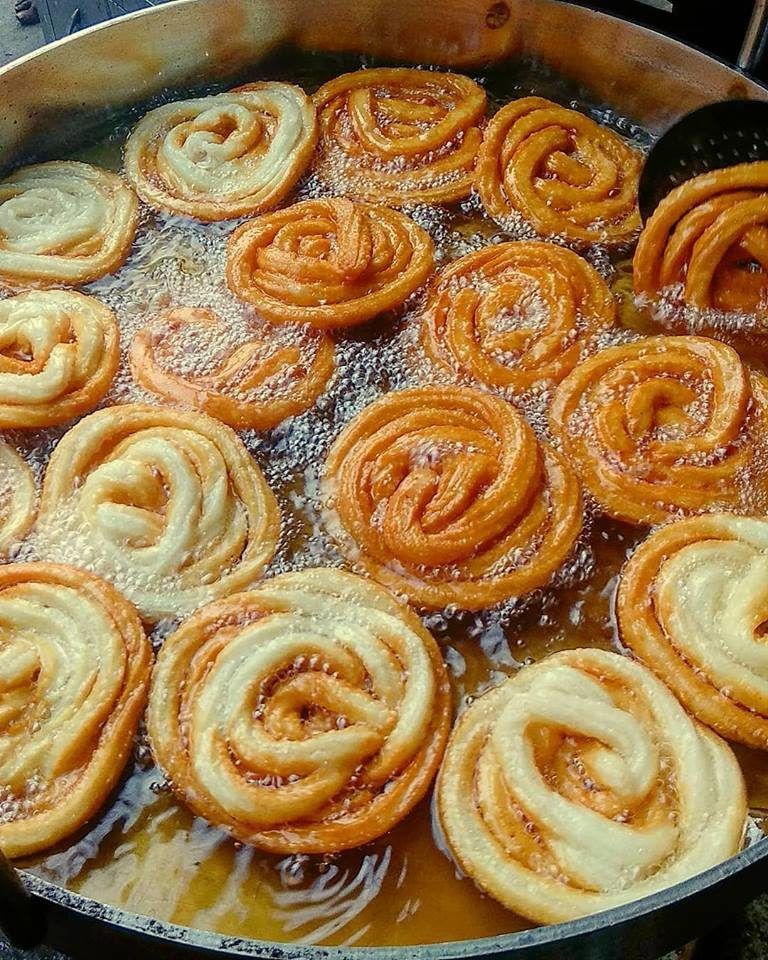
After a bit here, its time to get something to quench the thirst.
Gur ka Sharbat
You need a refreshing dose of carbs to pump up the energy levels. What more than the very earthy Gur or Jaggery to do this … have a novel drink : Gur ka Sharbat at Pahadi Imli. Roots going back to 1947, the shops ways of preparing hasn’t changed since … from 8 am till stocks last, enjoy the drink

Ameer Sweet House
A 100-year-old sweet meat seller, this eatery is famous for its samosas stuffed with keema and khoya, and awesome balushahi and gulab jamun, balanced with spicy and hot mixed pakodas and chhole bhature. You need to be there during Ramzan.

Pyar Mohabbat Mazaa
You cant say no to this one – as its all about love and fun – served by Nawab Qureshi on his rickety thela, this cool drink is a peculiar mix of the very ordinary rose milk (milk mixed with very Delhiite Rooh Afza) made nawabi with topping of watermelon cubes. Simply heavenly

Shahi Tukda at Cool Point
Run by 2nd generation of owners, Zohaib miyan’s Shahi Tukda, I bet you wouldn’t have had it better anywhere else. The bread, deep fried in pure ghee and dipped in cream and sugar syrup, is worth dying for. You can’t miss their phirni and kesar badam milk as well

Laung Churey Kebab
Kababs in Purani Dilli are all about meat and its varieties … not necessarily though. You would change your opinion, once you taste the Laung Churey Kabab near the Hamdard Shop in Chitli Kabar area. Ever had water-soaked kababs… well you get it here. Fried, water soaked or the seekh ones, you have it all here, served with piping hot lal mirch chutney (made with red chillies, salt, garam masala and amchur). Vegetarians, you can’t skip this one.

All these lie on the same 1 kilometre stretch of road

In all, Jama Masjid is not just a monument or a place of worship. It is an experience, it has a life and culture of its own. And this is where amidst the cacophony of Old Delhi, you will find a place that will offer you soothing tranquillity and inner peace.



